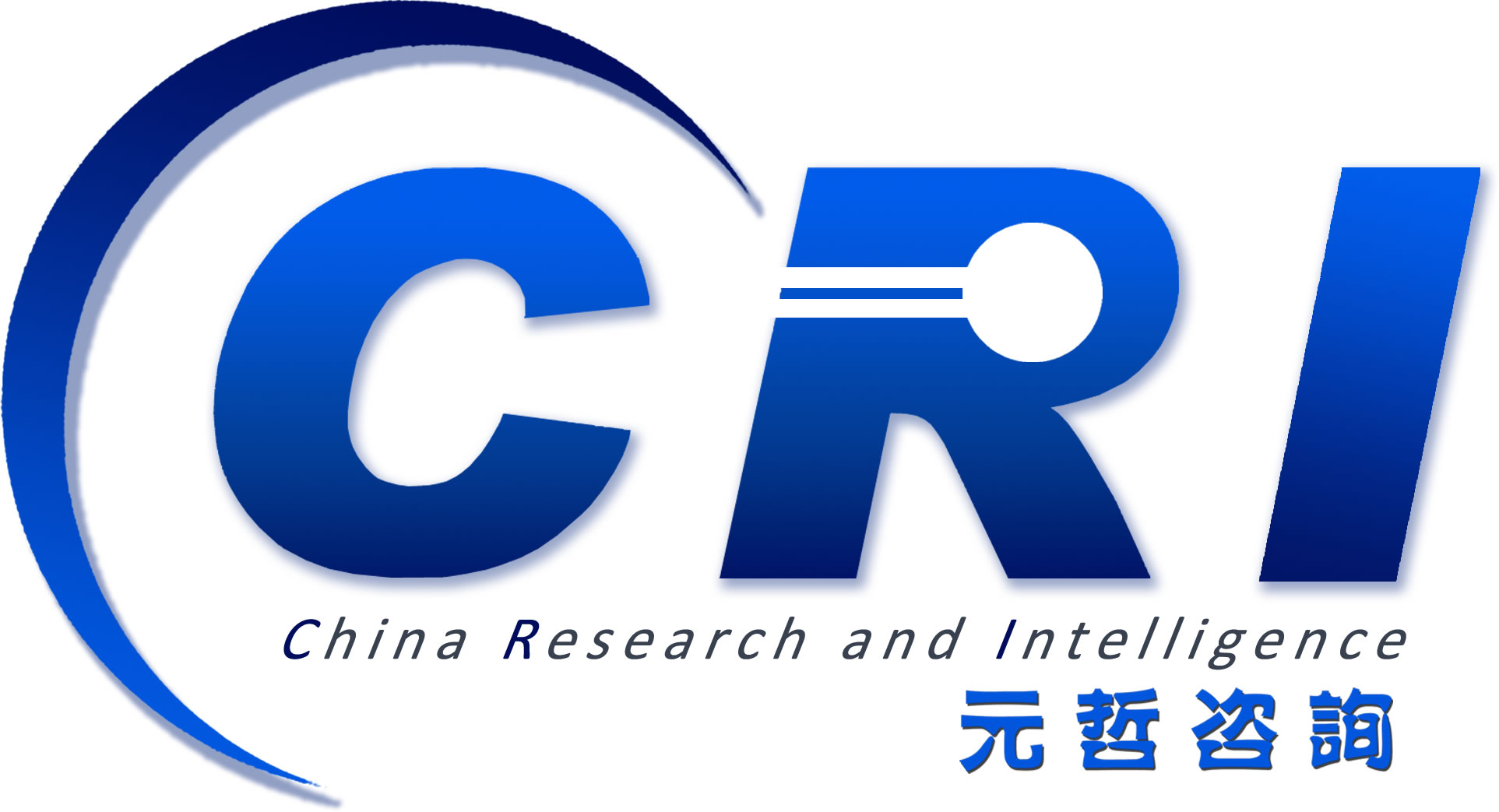Aviation Emissions Control Market Overview
Aviation emissions and their control have gained significant importance over the past several years. An increase in the requirement for the decarbonization of aviation has generated high demand for emission control in the forecast period of 2022-2042. The market is focusing on developing efficient, low-emission, and eventually zero-carbon aviation by the end of 2042.
USP of the Report
• A self-contained forecast of emissions from 12 fleet-flight segments building on fleet sizes and commercial fleet-flight demands to understand emissions
• A detailed quantitative and qualitative analysis of aviation emissions from four different scenarios based on the industry’s response
• The forecast timeline of 2021-2032 is further supplemented by a future timeline of 2033-2042, along with the subsequent projections for fleet, fleet flights, and emissions from fleet-flight segments, which allows the impact of technology maturation to be realized for critical emissions scenarios involving hydrogen and electric aircraft propulsion
• A dedicated section on the future of aircraft emissions from a regulations and manufacturing perspective
Analyst Perspective
According to Nilopal Ojha, Lead Analyst of the report, “The use of sustainable aviation fuels and frequent fleet renewals is among the urgent and straightforward market-based measures that the aviation industry can adopt toward decarbonization. In the next decade, several key milestones in green aviation, such as the development of powerful megawatt-class turbines, high energy density batteries, and the reliable and safe operation of liquid hydrogen-powered turbofan engines, can be achieved. These technologies will require robust regulatory frameworks with scope for scale operations and enhancements from key aviation authorities, as well as the establishment of feedstock and battery inventories accessible from airports and other ground infrastructure. Further, in the scope of long-haul emissions control, incremental improvements in engine efficiency, SAF compatibility, dynamic flight planning, and electrification of operations such as taxiing and cabin power supply are crucial to the future of sustainable transatlantic and transcontinental flights.”
Key Companies Operating in The Market
Key players in aviation emissions control analyzed and profiled in the study involve aircraft manufacturers, subsystem manufacturers as well as airline operators. Moreover, a detailed competitive benchmarking of the players has been done to help the reader understand how players stack against each other, presenting a clear market landscape. Additionally, comprehensive competitive strategies such as contracts, partnerships, agreements, acquisitions, and collaborations will aid the reader in understanding the untapped revenue pockets in the market.
The key players profiled in the report include Airbus SE, Embraer S.A., GE Aerospace, Gulfstream Aerospace Corporation, MTU Aero Engines, Pratt & Whitney, Rolls-Royce plc., Safran S.A., Textron Aviation Inc., The Boeing Company, American Airlines, Deutsche Lufthansa AG, Singapore Airlines Group (SIA), The Emirates Group, and United Airlines, Inc.
